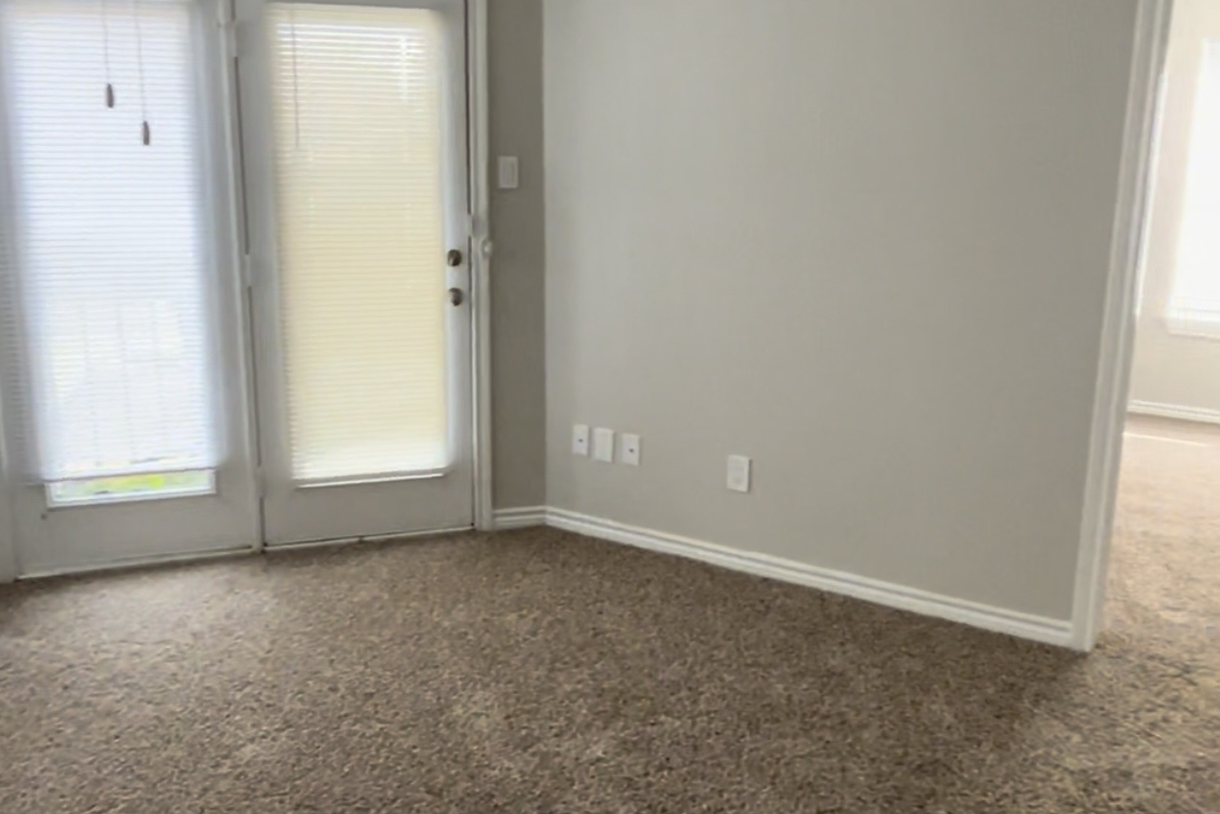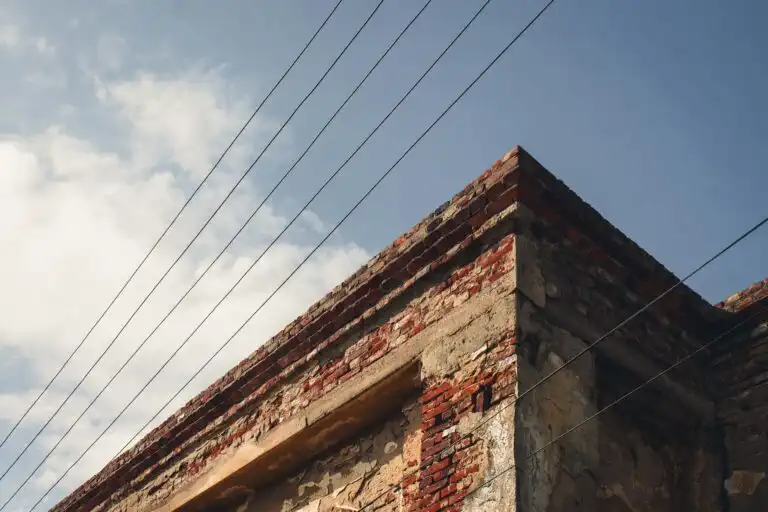Natural disasters can cause significant damage to buildings, threatening their structural integrity and safety. From earthquakes to floods, these events leave behind a trail of destruction that requires immediate attention. As property managers and owners, it is crucial to understand the types of damage that can occur and how to address them effectively.
Buildings, especially multi-family developments, face a higher risk because of their size and occupancy levels. Damage can range from minor cracks in walls to severe foundational issues that compromise the entire structure. Identifying the extent of the damage quickly and accurately is essential for planning the necessary repairs. This not only ensures the safety of the occupants but also preserves the property’s value.
Identifying Common Structural Damages From Natural Disasters
Natural disasters can cause a range of structural damages that affect the stability and safety of buildings. Earthquakes, for example, can result in cracks in walls and foundations due to ground shaking. Our professionals often encounter weakened support beams and compromised structural integrity following seismic activities. Flooding, on the other hand, can lead to water damage, which weakens foundations, walls, and floors through sustained exposure to moisture.
Wind damage from storms and hurricanes can rip off roof shingles, break windows, and damage exterior walls. Strong winds may also cause flying debris to puncture structures, creating vulnerabilities that require immediate attention. Tornadoes can lead to even more severe impacts, including partial or total collapse of buildings, necessitating extensive repair efforts.
Fire damage, often resulting from wildfires or lightning strikes, poses another risk to structural integrity. Flames and extreme heat can weaken building materials, compromising the safety of the entire structure. Recognizing these common types of damage is the first step in effectively addressing and repairing them to ensure the building’s longevity and safety.
Assessing The Extent Of Structural Damage
Once the type of natural disaster damage is identified, assessing its extent is crucial. A thorough inspection helps us understand the severity and scope of the issues. Our technicians perform detailed evaluations, starting from the building’s exterior to its interior. This involves checking for visible cracks, broken windows, damaged roofs, and other signs of structural compromise.
During the inspection, we also assess hidden damages that may not be immediately apparent. For instance, water damage can cause mold growth inside walls and ceilings, which requires specialized techniques to detect. Similarly, structural shifts from earthquakes may not always be visible but can be detected through careful measurement and analysis.
We prioritize safety during these assessments. Occupant evacuation may be necessary if the damage is severe, ensuring no one is at risk. Detailed reports are prepared, outlining the damage and recommending the necessary repairs. This systematic approach allows us to execute repairs effectively, addressing both visible and hidden issues to restore the building’s integrity fully.
Repairing And Reinforcing Damaged Structures
Repairing damaged structures involves a systematic approach to restore safety and functionality. The first step is to stabilize the area to prevent further damage. This often includes temporary supports and protective coverings. For instance, if a roof has been compromised by wind or debris, securing it against additional weather elements is vital.
Once stabilized, our technicians focus on specific repairs. Cracks in walls and foundations are sealed to prevent moisture intrusion and further weakening. Damaged beams and supports may need to be replaced with stronger materials to ensure the building can withstand future stress. For water-damaged areas, any compromised materials are removed and replaced, and mold remediation is performed to maintain a healthy environment.
Reinforcing structures goes beyond simple repairs. It involves strengthening the existing framework to better resist future disasters. This may include adding braces to walls, enhancing the roofing materials, and updating windows to impact-resistant models. Such reinforcements add an extra layer of protection, making the buildings more resilient. With these measures in place, the property becomes safer and more durable, ensuring long-term stability and peace of mind.
Preventative Measures To Minimize Future Damage
Preventing future structural damage from natural disasters involves proactive measures and regular maintenance. Regular inspections help identify potential vulnerabilities before they become problematic.
Improving drainage systems around the property is one preventive measure. Proper drainage helps prevent water from accumulating around the foundation, reducing the risk of flooding and water damage. Additionally, maintaining and trimming trees around the property reduces the chance of them falling or causing damage during storms.
Investing in resilient building materials is another effective strategy. Using impact-resistant windows, reinforced roofing materials, and sturdy construction techniques can significantly minimize damage during natural disasters. These materials are designed to withstand extreme weather conditions, providing extra protection to the structure.
Reinforcing structural components such as beams, columns, and walls can also enhance the building’s ability to withstand shocks from earthquakes or high winds. Regularly updating and maintaining these reinforcements ensures that the property remains secure.
To Summarize
Understanding and addressing the structural damages caused by natural disasters is crucial for maintaining the safety and integrity of your property. Whether it’s identifying the types of damage, assessing their extent, repairing and reinforcing structures, or taking preventative measures, each step plays a vital role in preserving your investment.
Our team at Matrix Construction Services is dedicated to helping you protect your property from the impacts of natural disasters. Our professionals are skilled in performing thorough inspections, implementing effective repairs, and reinforcing structures to withstand future threats. By taking proactive steps and relying on expert guidance, you can ensure that your property remains resilient and secure.
Take the first step in safeguarding your property. Contact us today to learn more about how our drywall repair or disaster relief services in Houston can assist you in addressing and preventing structural damage from natural disasters.



